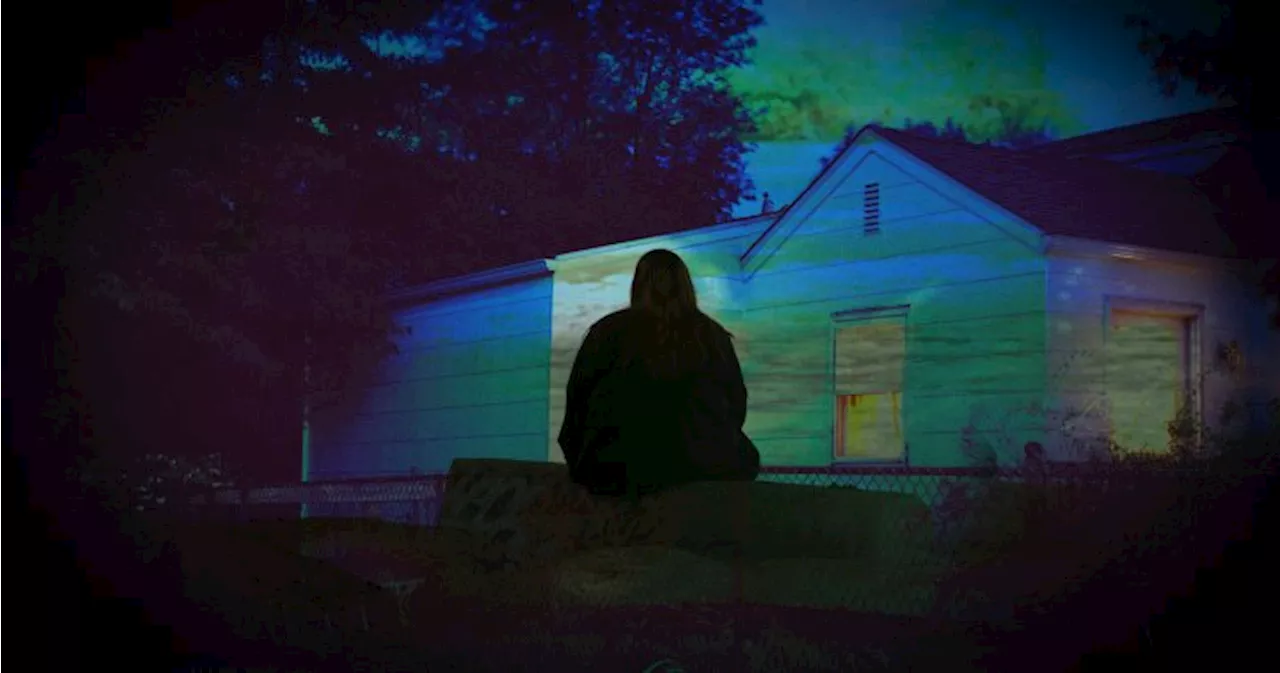More than 50 insiders from Ontario’s child-welfare system allege for-profit group home companies are targeting or charging more to care for Indigenous youth to increase revenue.
Due to the sensitive and/or legal subject matter of some of the content on globalnews.ca, we reserve the ability to disable comments from time to time.Indigenous youths are moved hundreds or even thousands of kilometres away from their communities to these group homes, based in southern Ontario — separating them from family, friends, and culture.‘These are lives.
These companies allegedly charge resource-starved Indigenous children’s aid societies in the north higher daily fees to care for their kids compared with what they charge non-Indigenous agencies. Northern Indigenous agencies paid an average of $410 a day to place kids in private group homes, while non-Indigenous children’s aid societies spent just over $326 on average over that 10-year period.
For some of those northern Indigenous agencies, the average daily rates they were charged were even higher: 50 to 80 per cent more than non-Indigenous children’s aid societies in Ontario. Some group home owners would call northern Indigenous children’s agencies to solicit for clients, according to former workers. Others sent emails.“ are aware that these youth can be difficult to place because of the limited resources in their communities,” said one former worker. “They’re willing to increase the cost of the contract because they have limited options.”Sylvia Maracle, former executive director of the Ontario Federation of Indigenous Friendship Centres, is seen in Vaughan, Ont.
Companies can tack on these extra fees for special services, like one-to-one staffing or clinical therapy. Or they charge for multiple beds for a child with complex needs who may need extra space. A circular wound from a hot lighter allegedly pressed into her flesh by a foster parent, other self-harm marks from emotional pain caused by frequent moves from home to home.Pahpasay was born in Asubpeeschoseewagong First Nation, also known as Grassy Narrows, in northwestern Ontario. Just over an hour’s drive from Kenora, the reserve sits among a network of crystal clear lakes and dense forests of poplar and birch trees.
Grassy is also experiencing a housing crisis, leaving few families with homes to accommodate kids in an emergency. “There were locks on everything. … Some of the couches were ripped,” said Pahpasay, who said she was 15 when she arrived at Bayfield. She said her outings were often limited, with occasional trips to the YMCA.Staff often rushed to physically restrain children — holding them down on the floor or up against a wall by their arms and legs — instead of focusing on de-escalation, former workers said.
“You weren’t allowed to talk in your tongue,” Pokno said. “Staff would get mad, send you to your room, restrain you.” “Bayfield does not seek out or target Indigenous youth for placement,” the company said. “They are referred as a result of their significant behavioural, psychological and educational needs.”
“Our staff are human and, like in any profession, they are not immune to making errors in judgement,” Bayfield said, adding that physical restraints are only used when “de-escalation attempts have been unsuccessful.”Warnings about treatment of kids inside Bayfield had been circulating for years. Bayfield initially told Global News that the “cultural education and maintenance of this knowledge remains the function of the youth’s home communities, family, placing agencies.”
“We currently have 37 Indigenous youth in our care: Ojibway, Oji-Cree, Cree, Mohawk, Chippewa and Oneida. We aim to provide treatment that is culturally relevant to specific tribes in understanding cultural differences,” the email stated. And while some staff said there were occasional cultural offerings at Connor Homes, other former workers said the company was motivated by profits.
“ great concern that the kids say they are not allowed to speak in their Native language,” said the same leaked document, summarizing the meeting between the two agencies.The company was investigated after a First Nations child attempted suicide twice despite the fact the girl’s child-welfare agency back home had been paying for “one to one supervision,” according to a 2017 Highland Shores report obtained by Global News.
“In our experience, Indigenous children have not been funded differently than others. All are based on individual need, requested, approved and managed by their Native Agencies.”Under Ontario law, operators like group homes are required to “make reasonable efforts” to connect First Nations, Inuit and Métis youth with culturally relevant services.But the Global News investigation found some group homes or other care operators often don’t.
Canada Latest News, Canada Headlines
Similar News:You can also read news stories similar to this one that we have collected from other news sources.
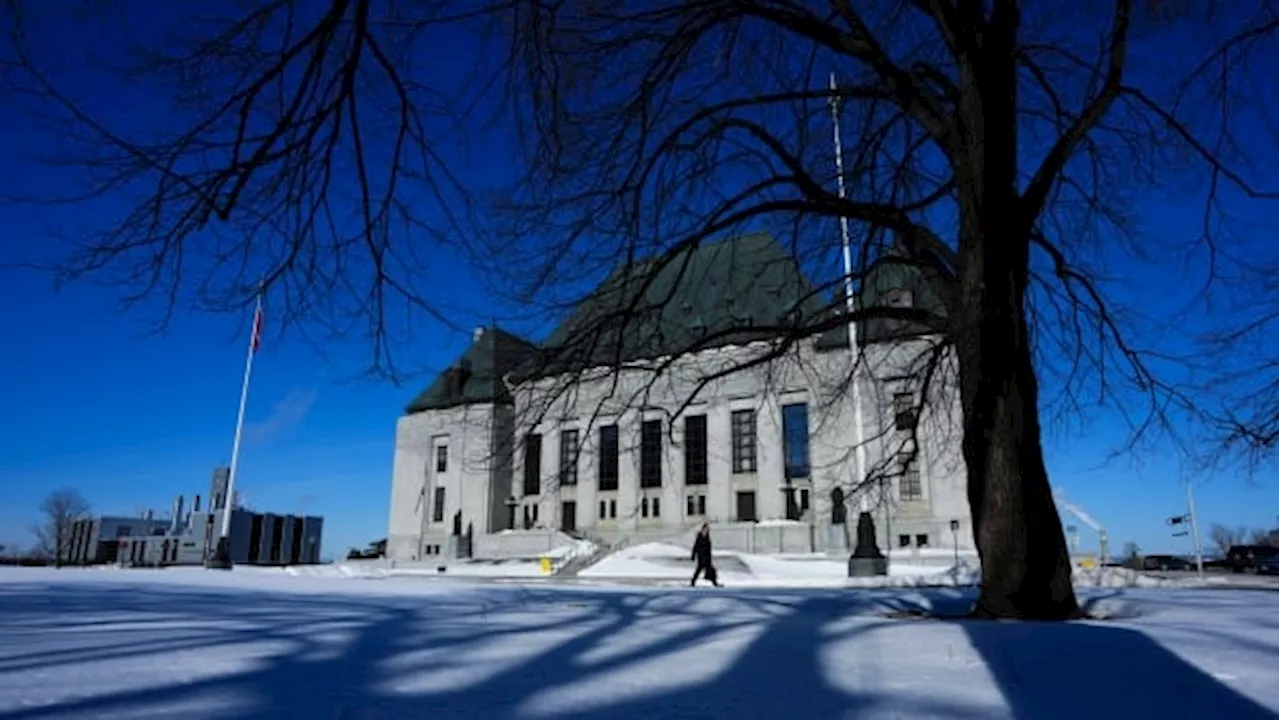 Supreme Court declares Indigenous child welfare law constitutionalThe Supreme Court of Canada is pictured in Ottawa on Friday, March 3, 2023.
Supreme Court declares Indigenous child welfare law constitutionalThe Supreme Court of Canada is pictured in Ottawa on Friday, March 3, 2023.
Read more »
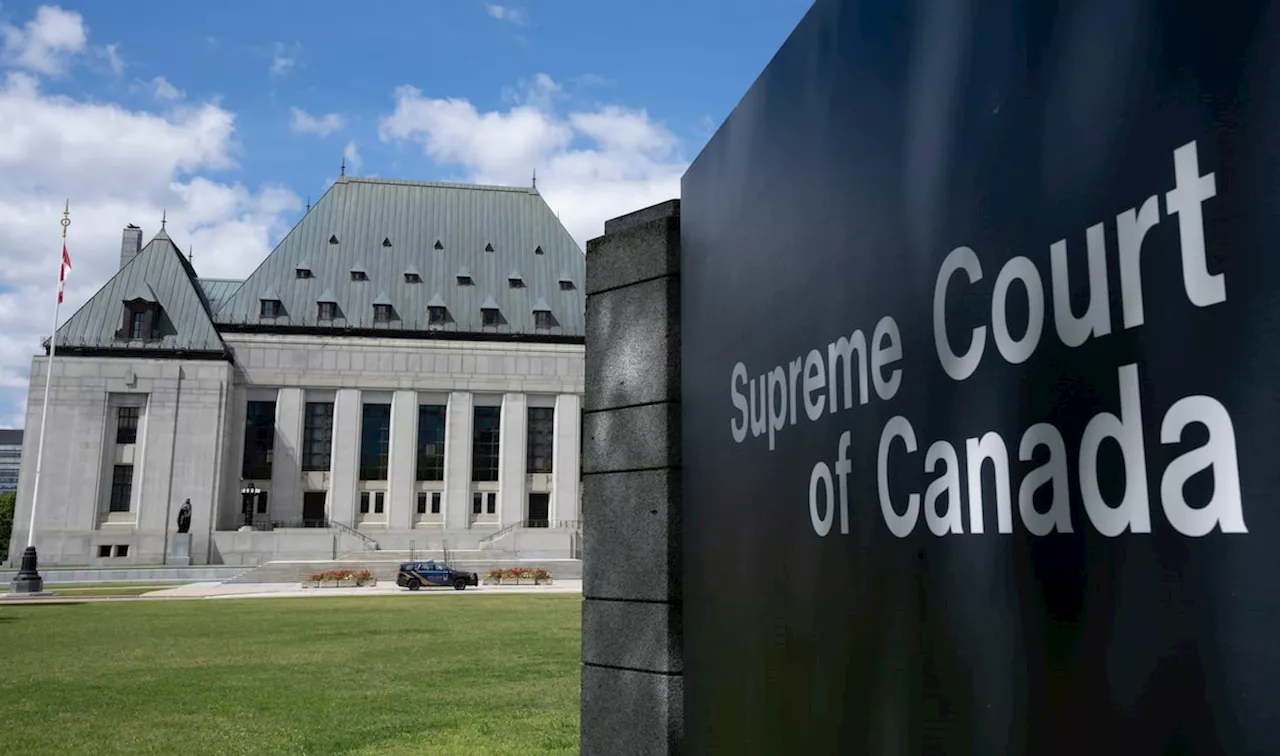 Supreme Court upholds law affirming Indigenous right to self-government8-0 ruling says 2019 law, called an Act Respecting First Nations, Inuit and Métis Children, Youth and Families, was within Ottawa’s jurisdiction
Supreme Court upholds law affirming Indigenous right to self-government8-0 ruling says 2019 law, called an Act Respecting First Nations, Inuit and Métis Children, Youth and Families, was within Ottawa’s jurisdiction
Read more »
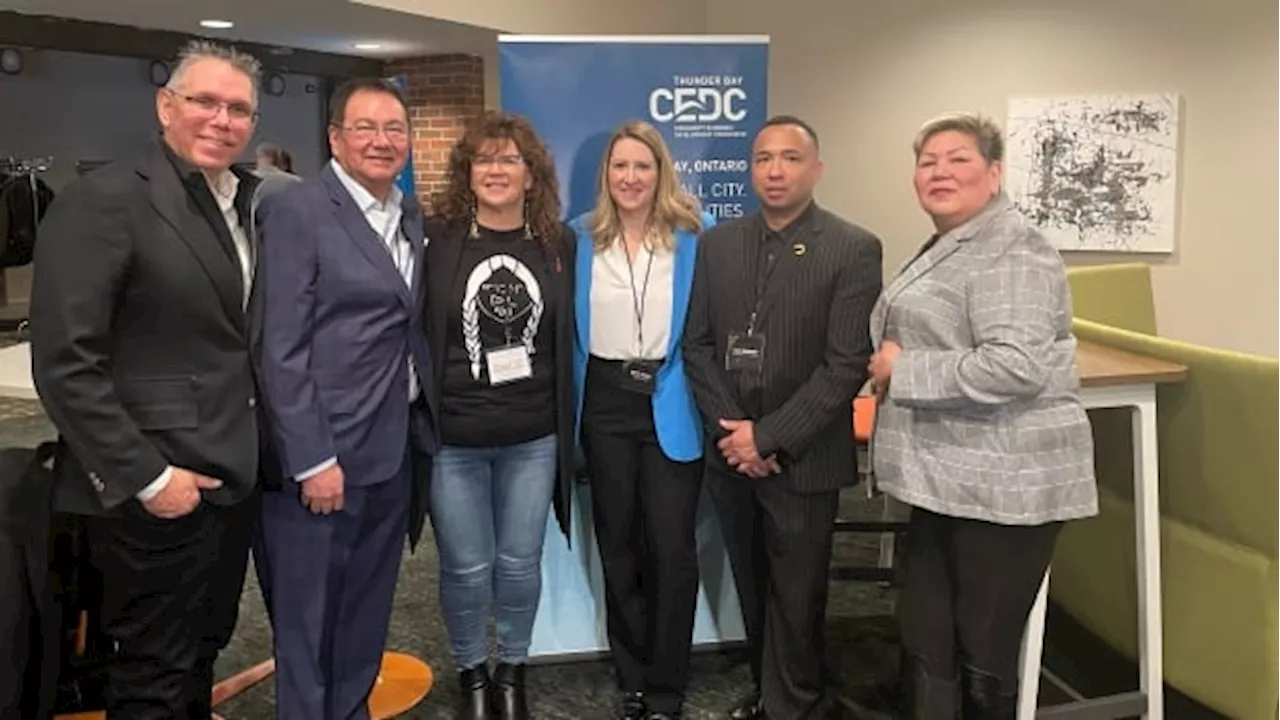 Study aims to change the narrative around Indigenous economic contributions to Thunder BayMichael Fox/ICE, Brian Davey/NADF, Michelle Solomon/FWFN Chief, Jaime Taylor/CEDC, Jason Rasevych/ABPA, Cheryl St James/FWFN listed left to right, pose together for a photo after launching Indigenous Economic Impact Analysis Study in Thunder Bay.
Study aims to change the narrative around Indigenous economic contributions to Thunder BayMichael Fox/ICE, Brian Davey/NADF, Michelle Solomon/FWFN Chief, Jaime Taylor/CEDC, Jason Rasevych/ABPA, Cheryl St James/FWFN listed left to right, pose together for a photo after launching Indigenous Economic Impact Analysis Study in Thunder Bay.
Read more »
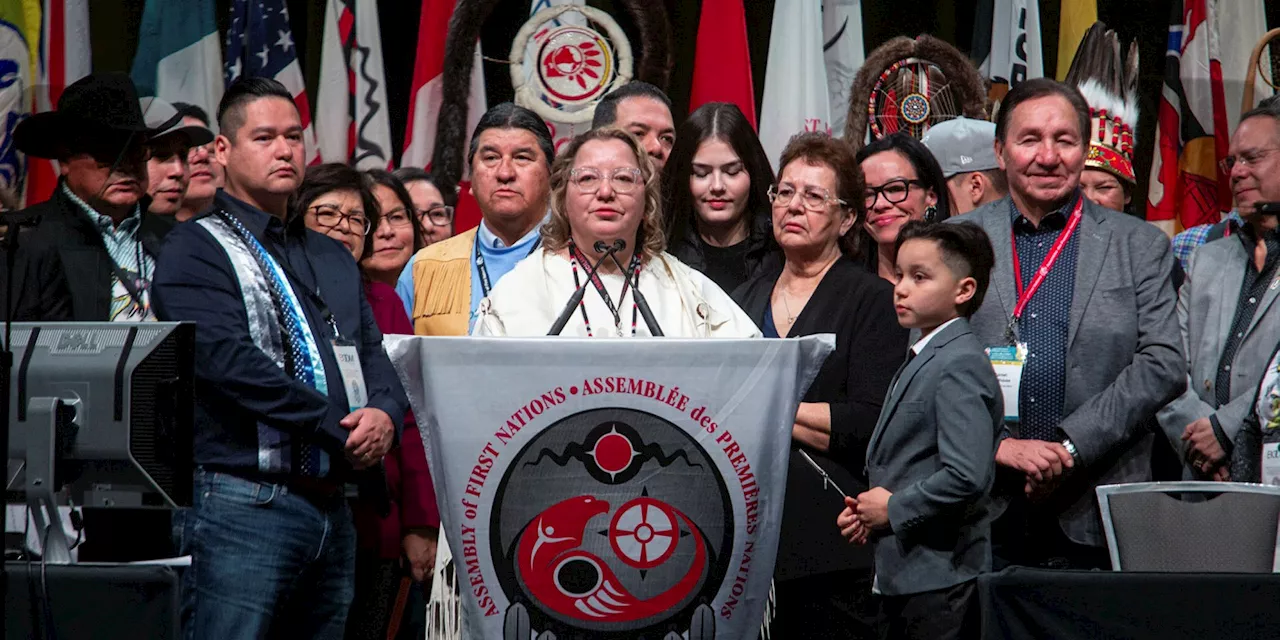 Politics This Morning: Top Court rules on Indigenous gov’t authorityThe Hill Times
Politics This Morning: Top Court rules on Indigenous gov’t authorityThe Hill Times
Read more »
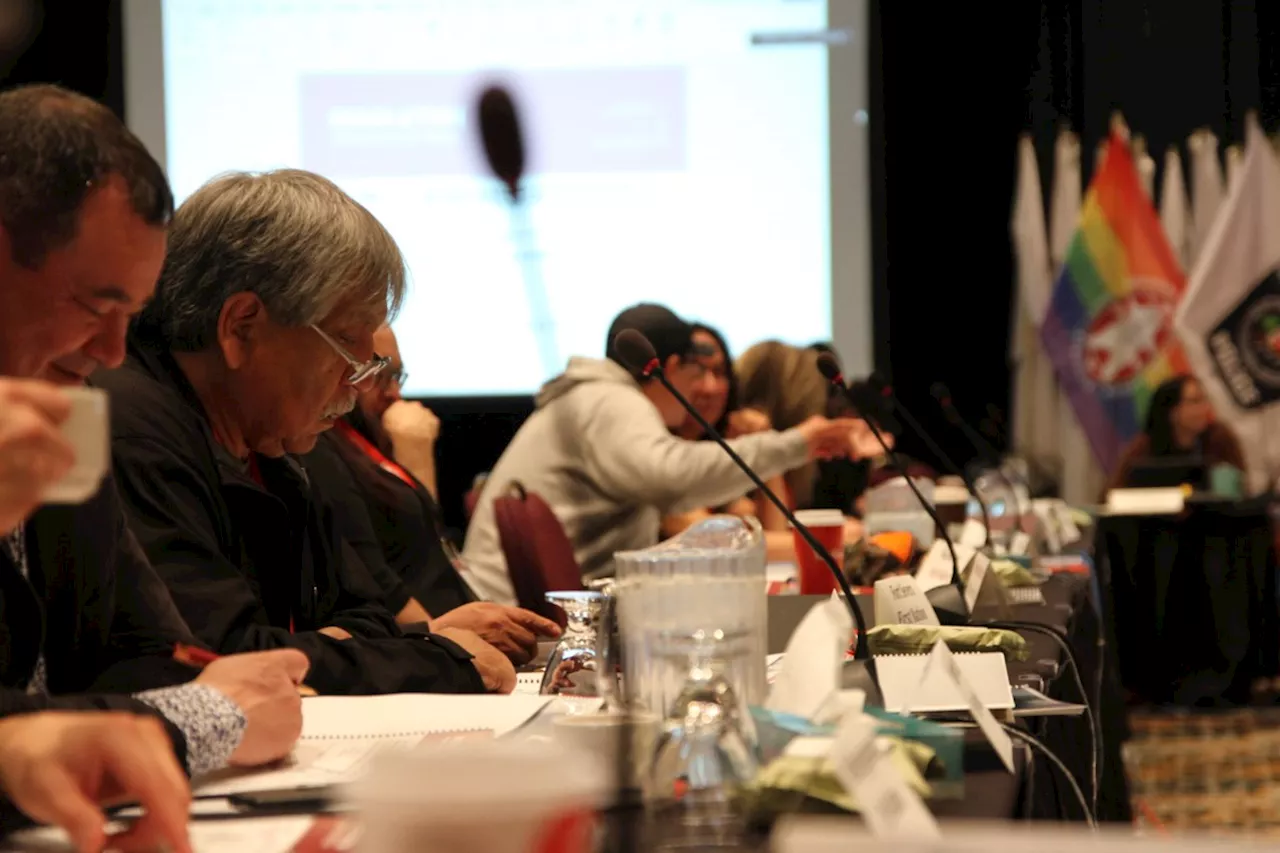 Missing and murdered Indigenous men and boys to be included in NAN advocacyThe change won't mean any less advocacy for women and girls
Missing and murdered Indigenous men and boys to be included in NAN advocacyThe change won't mean any less advocacy for women and girls
Read more »
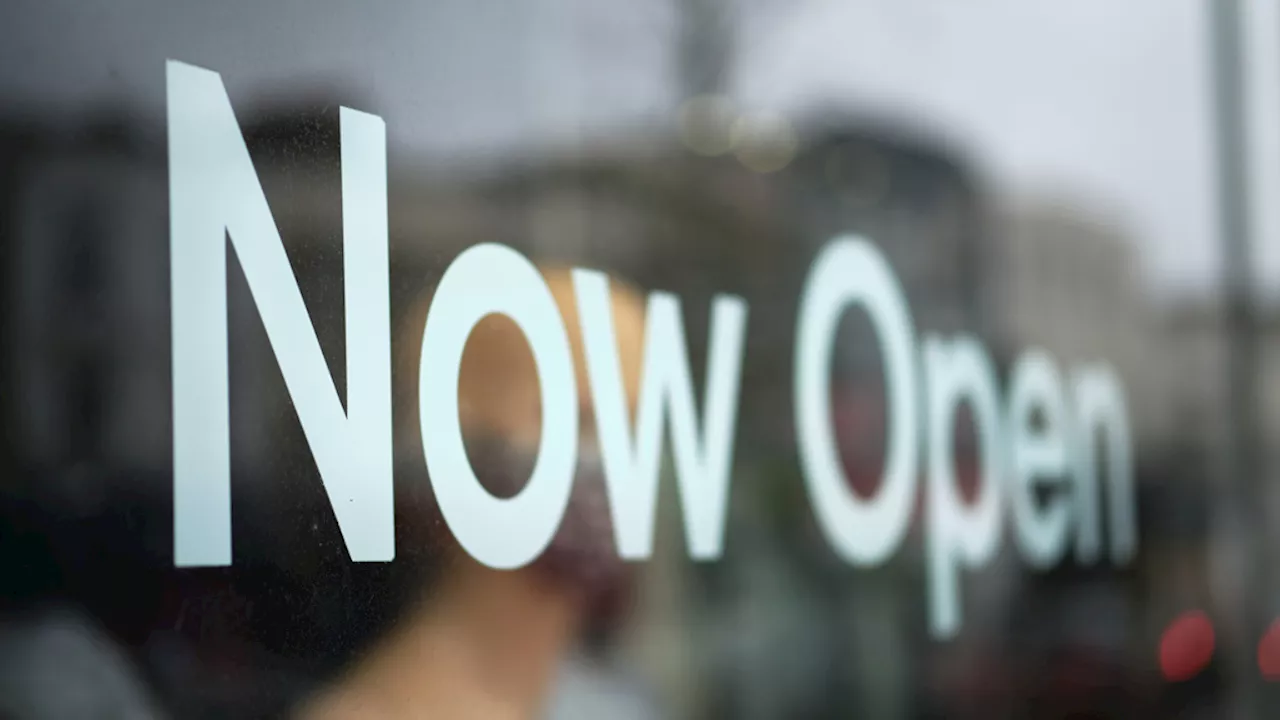 Canada and Quebec open community living environment for Indigenous studentsThe governments of Canada and Quebec officially opened the Waska Witcihitowin community living environment in Trois-Rivieres earlier this month. The project, led by SIRCAAQ, provides affordable housing and support for Indigenous students and their families.
Canada and Quebec open community living environment for Indigenous studentsThe governments of Canada and Quebec officially opened the Waska Witcihitowin community living environment in Trois-Rivieres earlier this month. The project, led by SIRCAAQ, provides affordable housing and support for Indigenous students and their families.
Read more »
